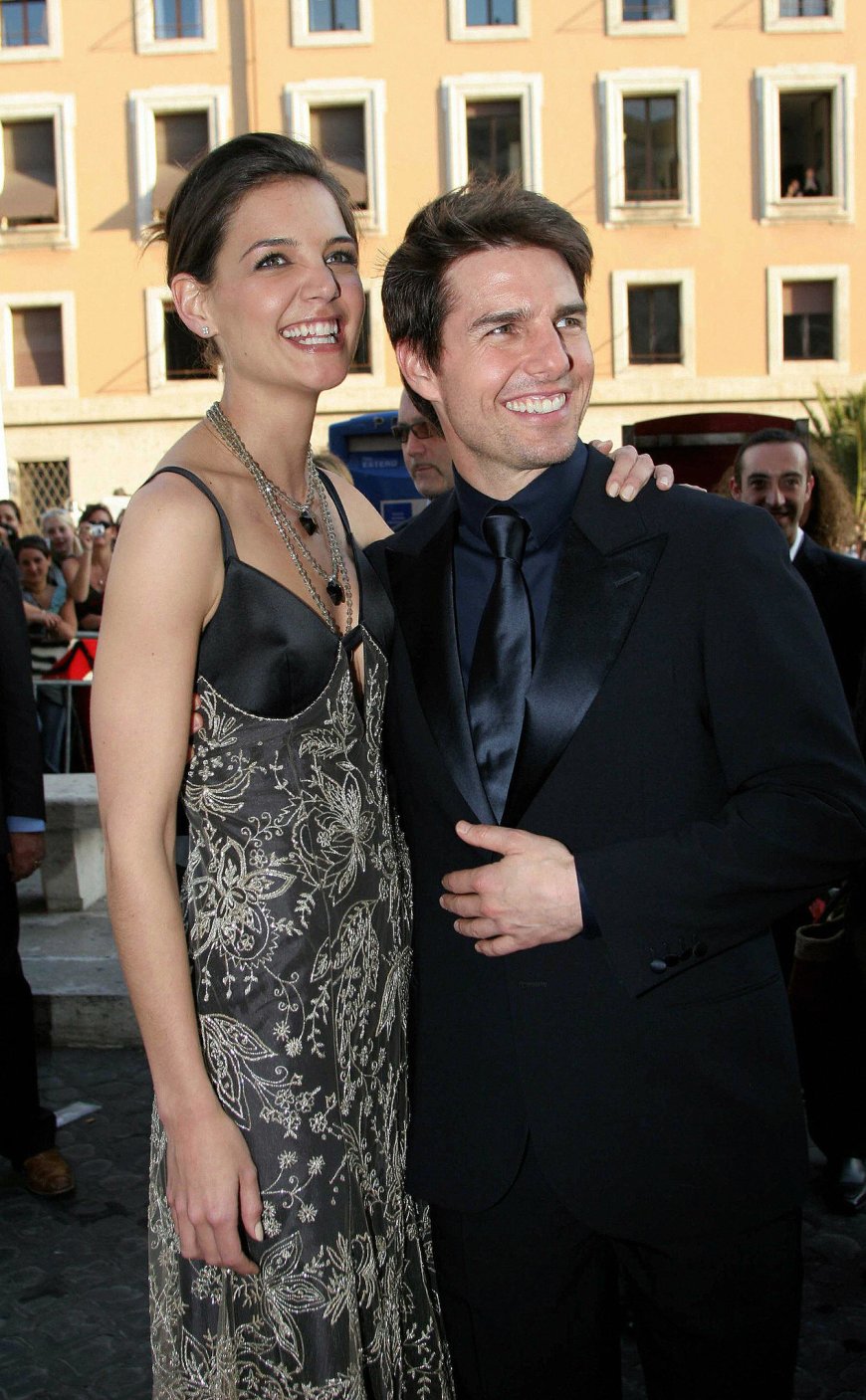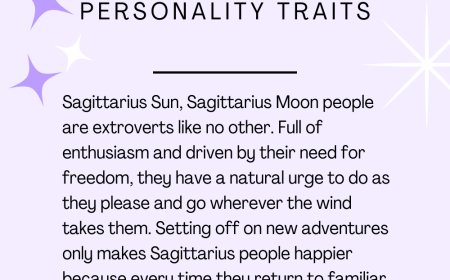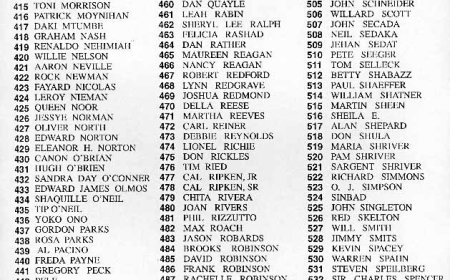The One-Time Celebrity Couple of Cruise and Holmes: What Went Wrong?

The One-Time Celebrity Couple of Cruise and Holmes: What Went Wrong?
The relationship between Tom Cruise and Katie Holmes captivated the public's attention for several years, serving as a hallmark of Hollywood romance. Their courtship was characterized by whirlwind romance and the typical fanfare associated with high-profile celebrity unions. However, what began as an enchanting love story dissolved into a complex legal and emotional entanglement that left fans and observers perplexed. This article delves into the multifaceted dimensions of their relationship, offering insight into the societal expectations surrounding their coupling and the eventual unraveling of their partnership.
In examining the narrative arc of Cruise and Holmes’s romance, one must first consider the initial allure of their union. The couple became a fixture in celebrity media, embodying the quintessential Hollywood couple. However, superficial glances failed to unveil the underlying pressures that perhaps contributed to their eventual separation. This analysis aims to scrutinize the cultural phenomena that clouded public perception and influenced the structural dynamics of their relationship.
To understand the entrenchment of societal expectations in the lives of high-profile couples, one must recognize the extraordinary weight of public scrutiny that accompanies such unions. In their case, Tom Cruise, a long-established icon in the film industry, and Katie Holmes, an actress with a burgeoning reputation, seemed to herald the merging of two distinct worlds within the entertainment milieu. Their announcement of engagement on the Eiffel Tower in Paris, coupled with Cruise’s infamous appearance on “The Oprah Winfrey Show,” where he professed his love with unbridled enthusiasm, set a precedent for monumental expectations. The very fabric of their public persona became interwoven with ideals of true love, permanence, and shared dreams, creating a narrative that was deemed aspirational.
Yet, the veneer of hope that surrounded the pair was underpinned by a complex interplay of psychological and social factors, particularly the consequences of fame. Cruise’s status as a Hollywood A-lister inevitably cast a long shadow over Holmes, leading to questions about the authenticity of their relationship. One significant aspect of their coupling was the disparity in public expectations stationed upon them, born from Tom Cruise's entrenched celebrity culture and the romanticized portrayal of engaged couples in the media. Thus, the expectations regarding their behaviors, future plans, and their portrayal of a perfect relationship were profoundly intrusive.
The societal pressure often led to the public analyzing and dissecting aspects of their lives. Following the birth of their daughter, Suri, in 2006, the couple was thrust into an even deeper state of scrutiny. The media’s relentless pursuit for a glimpse of their domestic life signaled a shift from their romantic relationship to an emblematic representation of a family dynamic that many aspired to emulate. Moreover, as the first child of Cruise, Suri became the focal point of public interest, leading to militarized accusations and widespread speculation about how the child would shape their relationship. This reality fostered an environment rife with expectations that may have simply been too challenging to navigate.
As their relationship matured, it emerged that internal dynamics were also at play, particularly the religious beliefs intertwined with their lives. Cruise’s affiliation with the Church of Scientology has been a significant aspect of his identity and career. In contrast, Holmes came from a Catholic background. The divergent belief systems raised questions regarding compatibility, as well as potential conflict regarding their upbringing of Suri. This element of their relationship was substantiated by reports of Holmes increasingly feeling isolated where religious practices were concerned, causing a rift that neither party seemed equipped to address adequately amidst public scrutiny.
Furthermore, the nuances of power dynamics in celebrity relationships often play an essential role in their sustainability. Cruise, with his extensive industry experience, wielded substantial influence, while Holmes, who at times appeared to operate under his dominion, found herself in a precarious position. The disparity in their career trajectories rapidly devolved into conversation about control and agency, which inherently shaped their domestic life. The stark contrast of their professional endeavors further proliferated stressors within the marriage—Holmes’s work began to take a backseat as Cruise’s career persisted unabated. The imbalance cultivated discontent within the partnership, aligning itself with broader themes regarding gender roles and expectations in the contemporary landscape.
As the couple transitioned from public adoration to contention, their eventual separation in 2012 elicited an outpour of speculation and sensational headlines ranging from infidelity to emotional manipulation. Was the decision predominantly driven by external pressures, or did intrinsic factors also bear significant weight? Much of the commentary pivoted on issues of control, perceived isolation, and the inevitable erosion of the idealistic perception that initially fueled their romance.
Subsequent to the dissolution of their marriage, public discourse examined the implications of the fallout. Holmes’s measured approach to safeguarding her daughter’s privacy spoke volumes about her shift in priorities. Her move to secure a life independent of Cruise’s extravagant shadow, alongside the reduction of media presence, showcased a reclamation of her identity and agency. This evolution has been pivotal in shifting perceptions surrounding her likeness as merely the “wife of Tom Cruise” to that of an independent individual—acting, producing, and directing in her right.
Moreover, the narrative surrounding the couple encapsulated broader societal attitudes about relationships anchored in fame. The fundamental societal constructs that dictate how couples should behave, particularly public figures, were placed under a magnifying glass. They had assumed traditional roles defined by excessive public interest which placed a great emphasis on expected longevity, romantic milestones, and family projections. Thus, when the couple unraveled, it reintroduced discourse concerning realism versus the allure of narratives constructed for mass consumption. The permanence expected of such figures often leads to disillusionment for followers who connote celebrity relationships with ideals rather than genuine human experiences.
In retrospect, the story of Tom Cruise and Katie Holmes serves as a cautionary tale on the effects of fame and societal expectations on personal relationships. Their experience illustrates the burden of public perception and the insidious nature of expectation that can precipitate fracture within even the most seemingly perfect unions. Their separation reflects a critical reminder that real-life complexities often lie beneath the surface of public projections, and the intricate threads of personal compatibility, belief systems, and agency should never be overlooked.
The dissolution of their marriage is not merely a historical anecdote. Rather, it stands as an exploration of how societal constructs can influence individual lives, positioning celebrities within a fabric of unattainable ideals. As Holmes and Cruise continue along their respective paths, their story remains an integral part of the larger narrative about love, fame, and the sometimes precarious balance that exists therein.
What's Your Reaction?
 Like
0
Like
0
 Dislike
0
Dislike
0
 Love
0
Love
0
 Funny
0
Funny
0
 Angry
0
Angry
0
 Sad
0
Sad
0
 Wow
0
Wow
0









:max_bytes(150000):strip_icc()/drugstore-retinol-creams-tout-f76b9d2796e34eaa8376801c83fb1888.jpg)

















